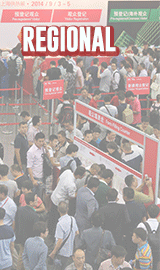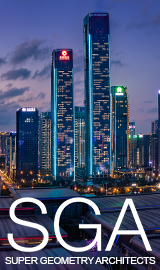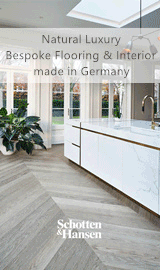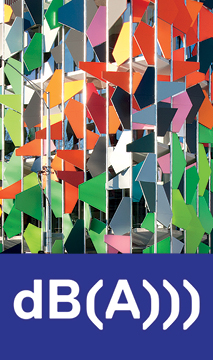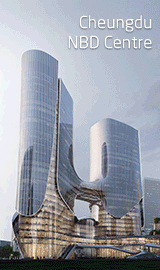Interview with Mr. M.F. Zhu, Vice President of Far East Photovoltaic Technology
Text: Bryan Chan Photos: ROF Media and Far East Facade
Building-integrated photovoltaics (BIPV) is transforming the construction landscape, merging solar technology with architectural design to create energy-efficient buildings.
Far East Façade’s parent company, China State Construction Development Holdings Limited (00830.HK), operates Far East Photovoltaic Technology (Guangdong) Co., Ltd., specializes in the research, development, and investment of Building-Integrated Photovoltaics (BIPV) products and projects.
The company’s self-developed and manufactured LIGHT Series BIPV products can be customized to match architectural design needs, seamlessly integrating with the building’s façade, while maintaining both power generation capabilities and material properties. This provides a comprehensive solar photovoltaic power generation solution for buildings, ensuring an efficient combination of aesthetics and sustainability.
Mr. M.F. Zhu, discusses the company’s approach to advancing BIPV solutions and the broader industry landscape.
“Our team thrives on research, constantly pushing boundaries to improve PV integration,” Zhu explains. “We’re not just assembling solar panels; we’re reshaping the very nature of how buildings interact with energy.”
Despite growing global interest in BIPV, widespread adoption remains a challenge. One key obstacle, according to Zhu, is the disconnect between photovoltaic manufacturers and architects.
“Traditional solar panels are designed purely for efficiency, often lacking aesthetic appeal or compatibility with construction materials,” he notes. “Architects demand durability, design coherence, and strict adherence to building codes, yet many PV solutions fall short. Without seamless integration, BIPV struggles to gain traction.”
Far East Photovoltaic Technology aims to bridge this gap by prioritizing architectural considerations in its designs. The company focuses on creating solar solutions that mimic traditional building materials in appearance, lifespan, and functionality.
“Once we achieve aesthetic and structural integration, we focus on enhancing energy generation efficiency,” Zhu states. “It’s a two-step process: first, make BIPV indistinguishable from conventional materials; then, optimize its solar performance.”
The Rise of BIPV: A Comprehensive Drive for Energy, Security, and Economic Growth
Beyond environmental benefits, economic and geopolitical factors are also driving BIPV adoption. Zhu highlights the increasing importance of decentralized energy production. Traditionally, buildings relied solely on external power grids, but with the rise of energy security concerns—especially in times of geopolitical instability—having decentralized power generation becomes crucial.
In addition to evolving ESG (Environmental, Social, and Governance) standards, which encourage buildings to address their energy needs sustainably rather than relying on fossil fuels.
Financial feasibility plays a pivotal role in accelerating BIPV adoption, particularly in China. Regulatory mandates require developers to incorporate green energy solutions into new buildings, effectively pushing the industry toward widespread implementation. “Instead of treating BIPV as an extra expense, developers integrate it into investment strategies,” Zhu says.
He illustrates that if a building’s façade incorporates BIPV, its development costs can be offset through energy generation revenue, even becoming part of a company’s financial strategy. Some companies integrate a building’s power generation capacity into their asset allocation, reducing operational costs and enhancing market competitiveness.
This means that if Hong Kong wants to accelerate BIPV development, it must find the optimal entry point between policy flexibility and technological innovation, ensuring that sustainable architecture truly becomes a core element of urban planning.
The Safety, Innovation Opportunities, and Future Trends of BIPV
Safety concerns have also been raised regarding BIPV, particularly the risk of fire associated with integrating solar panels into building structures. Zhu dismisses these concerns as misconceptions, explaining that embedded PV panels function similarly to standard glass facades, which are inherently fire-resistant. “The main concern isn’t the panels themselves but electrical safety protocols,” he clarifies. “Modern systems include safeguards such as voltage optimization and control mechanisms to mitigate risks.”
Looking ahead, Zhu sees significant innovation opportunities in BIPV beyond traditional applications. “We’re already developing BIPV solutions beyond glass—roof tiles, flooring, and even furniture that generate electricity,” he reveals.
Smart home technology, adaptive materials for temperature regulation, and decentralized energy grids are among the next advancements that could redefine sustainable building design.
“The shift toward BIPV is inevitable,” Zhu asserts. “Whether driven by environmental concerns, financial incentives, or energy security, buildings will need to become self-sufficient energy hubs. As technology evolves, adoption will accelerate, and soon, the idea of a building generating its own power will become the norm rather than the exception.”


